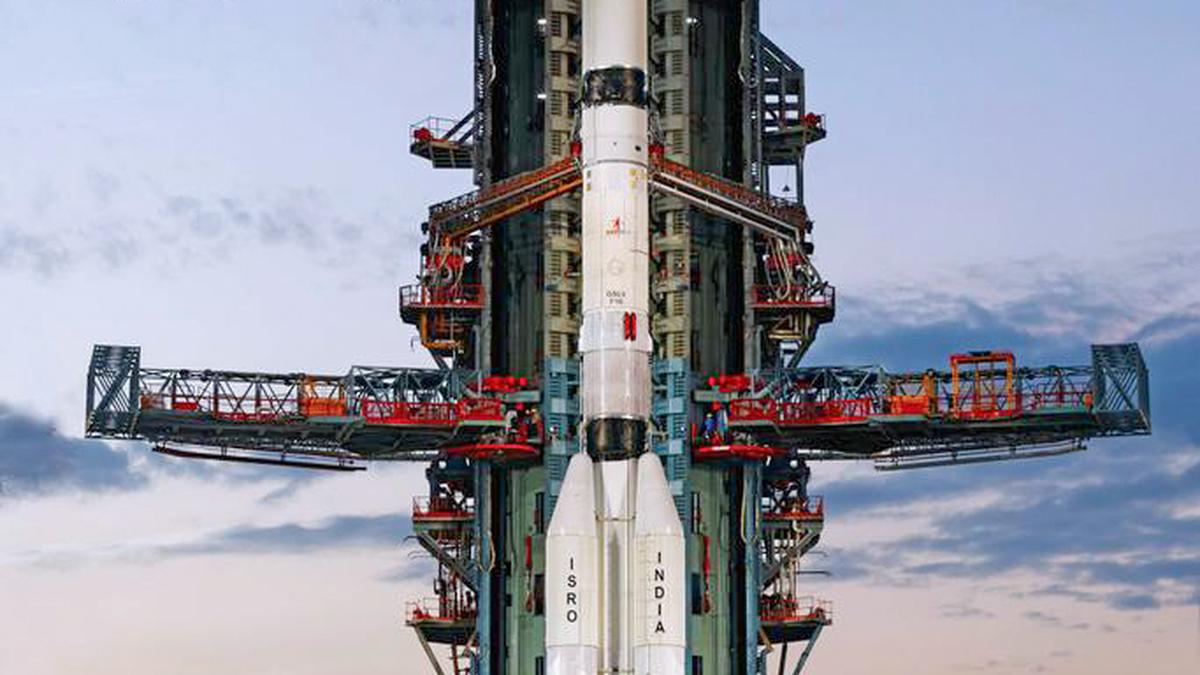Now Reading: India’s GSLV to Launch NISAR Earth Observation Satellite on July 30, 2025
-
01
India’s GSLV to Launch NISAR Earth Observation Satellite on July 30, 2025
India’s GSLV to Launch NISAR Earth Observation Satellite on July 30, 2025

Swift Summary
- The NASA-ISRO Synthetic Aperture Radar (NISAR) satellite will launch on July 30, 2025, aboard the GSLV-F16 rocket from sriharikota at 5.40 p.m.
- NISAR weighs 2,392 kg and will be placed into a 743-km sun-synchronous orbit with a mission life of five years.
- It is the first Earth observation satellite too feature dual-frequency Synthetic Aperture Radars (NASA’s L-band and ISRO’s S-band) integrated with NASA’s mesh reflector antenna and ISRO’s I3K satellite bus.
- The satellite uses SweepSAR technology for enhanced swath capability (242 km) and high spatial resolution while scanning the globe every 12 days under all-weather conditions during day or night.
- Key applications include monitoring ground deformation, ice movement, vegetation dynamics, soil moisture variation, surface water mapping, disaster response efforts, shoreline studies, storm characterization, sea ice classification, and ship detection.
- Mission phases include launch by GSLV-F16 followed by deployment of complex reflector antennas in orbit before entering commissioning phase for calibration over initial 90 days; science operations will then commence until mission end in five years.
Indian Opinion Analysis
the collaborative NISAR mission represents an important milestone for both India (via ISRO) and the U.S. (via NASA), showcasing shared technological advancements in space exploration and multi-purpose satellites for Earth observations. This innovation in dual-frequency SAR technology expands capabilities in environmental monitoring through unprecedented precision across diverse applications like disaster mitigation or climate change analysis.
india’s role highlights its increasing contributions to scientific missions with global partners while advancing domestic expertise as evidenced via its modified I3K bus integration initiative enhancing swatching-useful long-term event cycles globally research-oriented geographically specific unduplicated above threshold progressing predictability planetary scale….

























